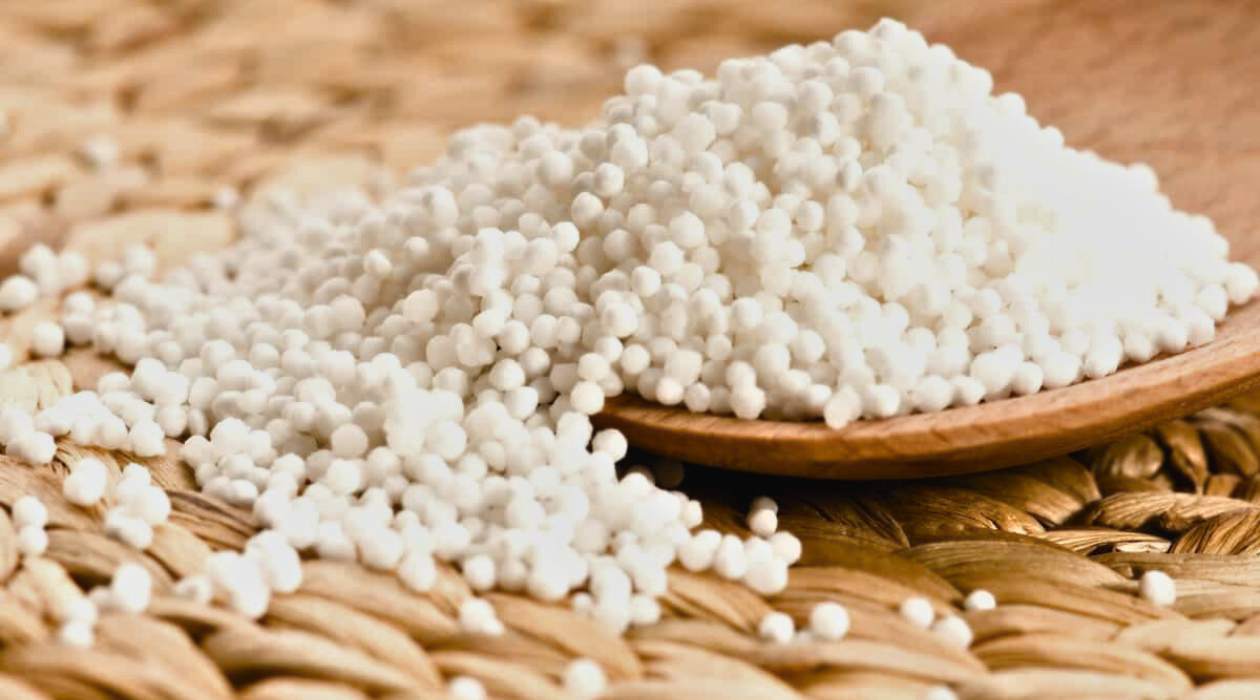

Articles
How To Store Uncooked Tapioca Pearls
Modified: December 7, 2023
Learn how to store uncooked tapioca pearls properly with our informative articles. Ensure the quality and freshness of your tapioca pearls for your next cooking adventure.
(Many of the links in this article redirect to a specific reviewed product. Your purchase of these products through affiliate links helps to generate commission for Storables.com, at no extra cost. Learn more)
Introduction
Welcome to our comprehensive guide on how to store uncooked tapioca pearls. If you are a fan of bubble tea or enjoy making delicious tapioca-based desserts at home, then you know how important it is to keep your tapioca pearls fresh and in good condition. Proper storage is key to maintaining the quality and taste of these edible pearls.
Tapioca pearls, also known as boba, are small, chewy spheres made from tapioca starch. They are commonly used in various Asian desserts and beverages, providing a delightful texture and flavor. However, like any food ingredient, tapioca pearls can deteriorate if not stored properly, leading to a loss of taste and texture.
Understanding how to store uncooked tapioca pearls is essential for ensuring their longevity and preserving their delicious qualities. In this article, we will explore the factors that affect the storage of tapioca pearls, recommended storage conditions, a step-by-step guide to storing them, and common mistakes to avoid. By the end of this guide, you’ll have all the knowledge and tips needed to keep your tapioca pearls fresh and ready for your next culinary creations.
Key Takeaways:
- Proper storage of uncooked tapioca pearls is crucial to maintain their freshness and quality. Follow recommended conditions, use airtight containers, and avoid common mistakes to ensure your pearls are ready for delicious culinary creations.
- Understanding the factors affecting tapioca pearl storage and following a step-by-step guide will help you keep your uncooked tapioca pearls fresh and ready for your next bubble tea or dessert adventure.
Read more: How To Store Tapioca Pearls
Understanding Tapioca Pearls
Before we delve into the best practices for storing uncooked tapioca pearls, it’s important to have a basic understanding of what they are and how they are made.
Tapioca pearls are made from the starch extracted from the root of the cassava plant, a tropical crop widely grown in many parts of the world. The starch is processed into small, round balls through a series of steps that involve mixing, kneading, rolling, and shaping. These pearls are then partially cooked and dried, ready to be cooked further in liquid before consumption.
One of the distinctive features of tapioca pearls is their chewy and gummy texture. This texture is achieved through a process called gelatinization, where the starch molecules absorb moisture and swell, resulting in a soft and chewy center with a slightly translucent appearance.
Tapioca pearls come in various sizes, ranging from tiny pearls to larger ones. The size of the pearls can affect the cooking time and the final texture of the cooked pearls, so it’s important to choose the right size based on your desired result.
These versatile pearls are commonly used in desserts such as bubble tea, pudding, and tapioca-based soups. They add both flavor and texture, creating an enjoyable eating experience.
Now that we have a better understanding of tapioca pearls, let’s dive into the factors that can impact their storage and how to best preserve their freshness.
Factors Affecting the Storage of Tapioca Pearls
Proper storage of uncooked tapioca pearls is crucial for preserving their quality and ensuring they are ready to be cooked and enjoyed at any time. There are several factors that can affect the storage of tapioca pearls, and understanding them will help you take the necessary precautions to keep your pearls in optimal condition. Let’s explore these factors:
- Moisture: Tapioca pearls are highly absorbent and can easily absorb moisture from the surrounding environment. Exposure to high humidity levels can cause the pearls to become damp and sticky, altering their texture and taste. It is important to store tapioca pearls in a dry environment to prevent moisture absorption.
- Temperature: Extreme heat or cold temperatures can also impact the quality of tapioca pearls. Exposing them to high temperatures can cause the pearls to become brittle and lose their chewy texture. On the other hand, storing them in freezing temperatures can lead to crystallization and change the texture of the pearls. It is advisable to store tapioca pearls at a moderate room temperature.
- Air Exposure: Tapioca pearls can also be affected by exposure to air. They may become dry and hard if left exposed for an extended period. It is best to store the pearls in an airtight container or packaging to minimize air contact and preserve their freshness.
- Light: Like many food items, tapioca pearls can be sensitive to light. Prolonged exposure to direct sunlight or strong artificial light can lead to color fading and degradation of the pearls. Storing them in a dark or opaque container can protect them from light damage.
- Packaging Quality: The quality of the packaging used to store tapioca pearls can greatly influence their shelf life. It is important to choose packaging that is airtight, moisture-resistant, and durable. This will help to prevent moisture, air, and light from affecting the pearls.
By considering these factors and implementing proper storage measures, you can ensure that your uncooked tapioca pearls remain fresh and ready to enhance your culinary creations. In the next section, we will discuss the recommended storage conditions for tapioca pearls.
Recommended Storage Conditions
Creating the ideal environment for storing uncooked tapioca pearls is essential for maintaining their quality and prolonging their shelf life. Here are the recommended storage conditions to keep your tapioca pearls fresh:
- Store in a cool, dry place: Tapioca pearls should be stored in a cool and dry place away from direct sunlight. A pantry or kitchen cabinet is an ideal location. Avoid storing them near a heat source or in a humid area, such as near the stove or sink. The temperature should be consistent and moderate.
- Use an airtight container: Transfer the tapioca pearls from their original packaging to an airtight container. This helps to prevent moisture and air from reaching the pearls and prolongs their freshness. Choose a container with a tight-fitting lid to maintain an airtight seal.
- Keep away from strong odors: Tapioca pearls are porous and can absorb strong odors from other food items. This can affect the taste and aroma of the pearls. Store them away from pungent spices, onions, garlic, or strongly scented foods.
- Avoid exposure to light: Tapioca pearls are sensitive to light and can degrade if exposed for extended periods. Store them in a dark or opaque container to protect them from light damage. This will help preserve their color and texture.
Following these storage conditions will ensure that your tapioca pearls stay fresh and in optimal condition for future use. Now that we’ve covered the recommended storage conditions, let’s move on to the step-by-step guide on how to store uncooked tapioca pearls.
Store uncooked tapioca pearls in an airtight container in a cool, dry place away from direct sunlight. Make sure to seal the container tightly to prevent moisture from getting in and causing the pearls to spoil.
Step-by-Step Guide to Storing Uncooked Tapioca Pearls
Properly storing uncooked tapioca pearls is a simple process that requires a few steps. Follow this step-by-step guide to ensure the longevity and freshness of your tapioca pearls:
- Transfer to an airtight container: Remove the tapioca pearls from their original packaging and transfer them to an airtight container. Choose a container that is clean, dry, and has a tight-fitting lid. This will prevent moisture, air, and light from reaching the pearls.
- Label the container: To easily identify the contents, label the container with the date of storage and any other relevant information. This will help you keep track of the freshness and ensure you use the oldest pearls first.
- Store in a cool, dry place: Find a suitable location in your pantry or kitchen cabinet to store the container. Ensure that it is away from direct sunlight, heat sources, and areas with high humidity.
- Avoid strong odors: Keep the container of tapioca pearls away from strongly scented foods or spices to prevent them from absorbing unwanted flavors.
- Check regularly: Periodically check the container for any signs of moisture or spoilage. If you notice any clumping, stickiness, or off odors, it may be an indication that the pearls have deteriorated, and they should be discarded.
By following these simple steps, you can effectively store your uncooked tapioca pearls and ensure they remain fresh for an extended period. Now that you know how to store tapioca pearls, let’s discuss some common mistakes to avoid.
Read more: How To Store Cooked Tapioca Pearls
Common Mistakes to Avoid
While storing uncooked tapioca pearls may seem straightforward, there are a few common mistakes that can affect their quality and shelf life. By being aware of these mistakes, you can ensure that your tapioca pearls remain in excellent condition. Here are some common mistakes to avoid:
- Not using an airtight container: Storing tapioca pearls in their original packaging or using containers that are not airtight can lead to moisture absorption and a loss of freshness. Make sure to transfer the pearls to a sealed container to maintain their quality.
- Storing near heat or moisture sources: Tapioca pearls should be stored away from direct heat or moisture sources, such as the stove, oven, or sink. High temperatures and humidity can cause the pearls to become sticky or brittle.
- Exposing to light: Tapioca pearls are sensitive to light and can deteriorate if exposed for too long. Keep them in a dark or opaque container to protect them from light damage.
- Not checking for spoilage: It’s important to regularly check the tapioca pearls for any signs of spoilage, such as clumping, stickiness, or off odors. If you notice any of these signs, discard the pearls as they may no longer be safe to consume.
- Not observing proper labeling: For easy organization and to keep track of the freshness of the pearls, it’s essential to label the storage container with the date of storage. This will help you use the oldest pearls first and avoid keeping them past their recommended shelf life.
By avoiding these common mistakes and following the proper storage guidelines, you can preserve the quality, taste, and texture of your uncooked tapioca pearls. Now, let’s summarize what we’ve covered in this comprehensive guide.
Conclusion
In conclusion, proper storage is essential for maintaining the freshness and quality of uncooked tapioca pearls. By understanding the factors that can affect their storage and following the recommended storage conditions, you can ensure that your tapioca pearls remain in optimal condition for future use.
Remember to store tapioca pearls in a cool, dry place away from direct sunlight and heat sources. Use an airtight container to prevent moisture, air, and light from reaching the pearls. Label the container with the storage date for easy organization, and regularly check for any signs of spoilage or deterioration.
By avoiding common mistakes such as using non-airtight containers, exposing the pearls to light, or disregarding proper labeling, you can maximize the shelf life of your tapioca pearls and enjoy their delightful texture and flavor in your favorite recipes.
So, the next time you indulge in a delicious bubble tea or whip up a tantalizing tapioca pudding, you can rest assured knowing that your tapioca pearls are fresh and of the highest quality.
Now, go ahead and store your uncooked tapioca pearls with confidence, knowing that you have the knowledge and tools to keep them in perfect condition until your next culinary adventure!
Frequently Asked Questions about How To Store Uncooked Tapioca Pearls
Was this page helpful?
At Storables.com, we guarantee accurate and reliable information. Our content, validated by Expert Board Contributors, is crafted following stringent Editorial Policies. We're committed to providing you with well-researched, expert-backed insights for all your informational needs.
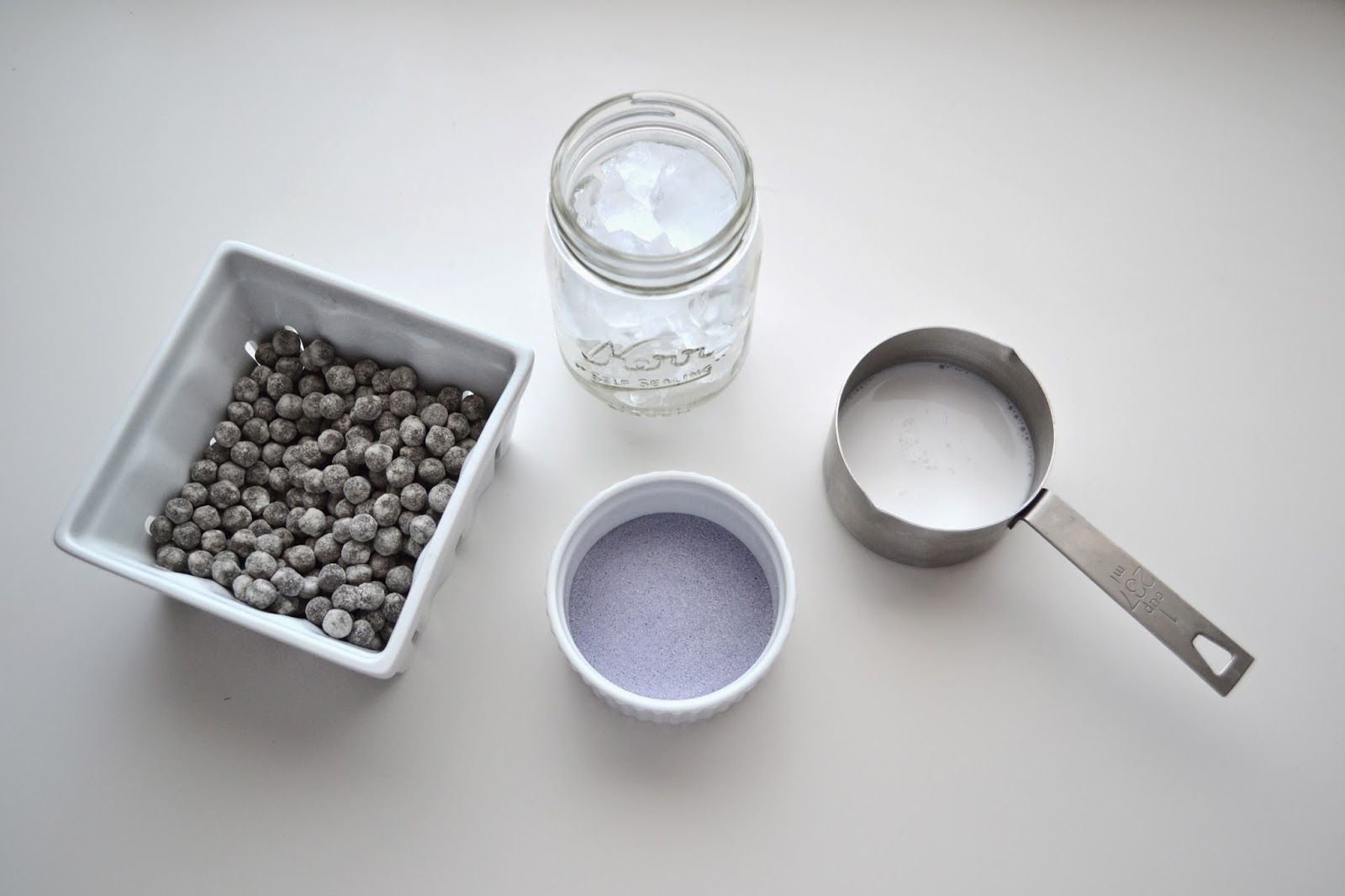
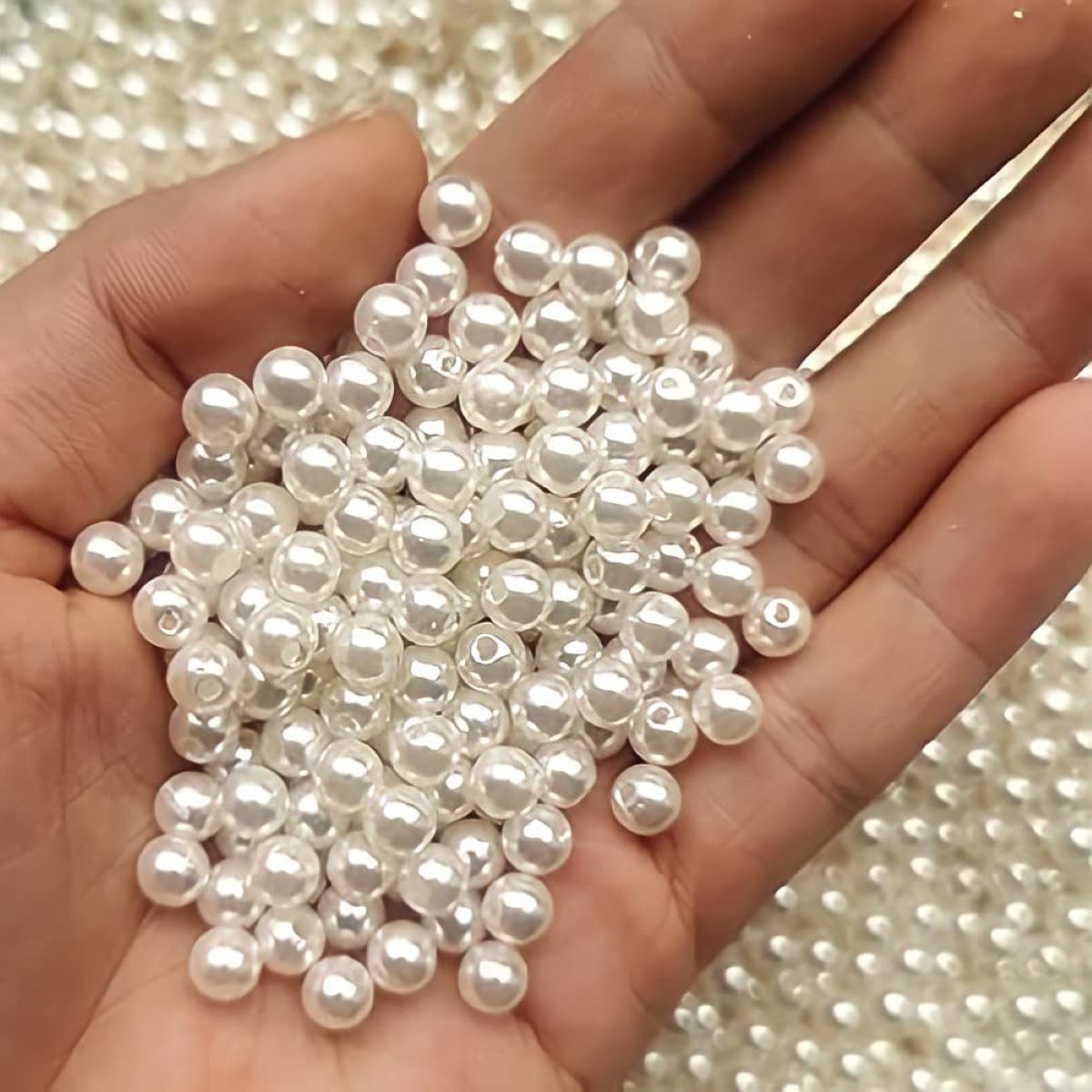
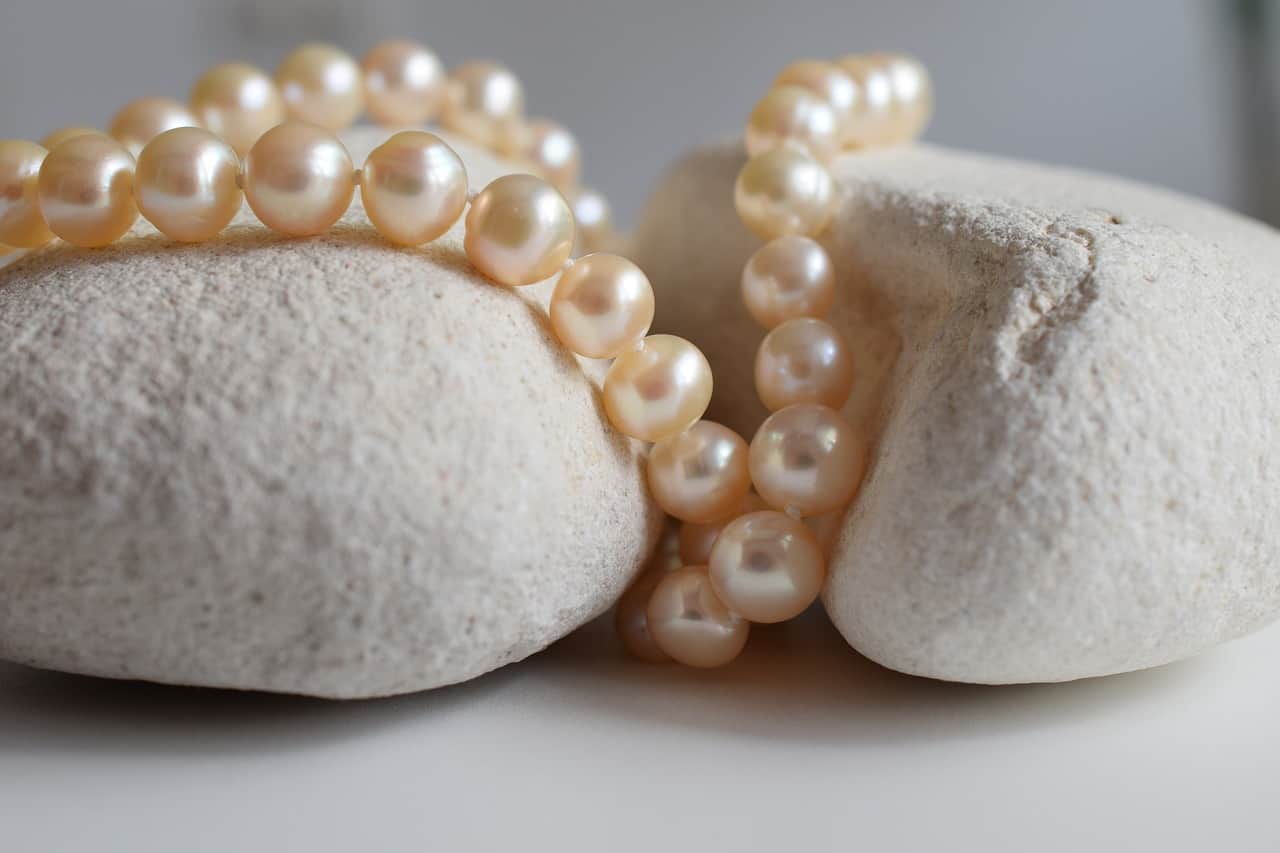
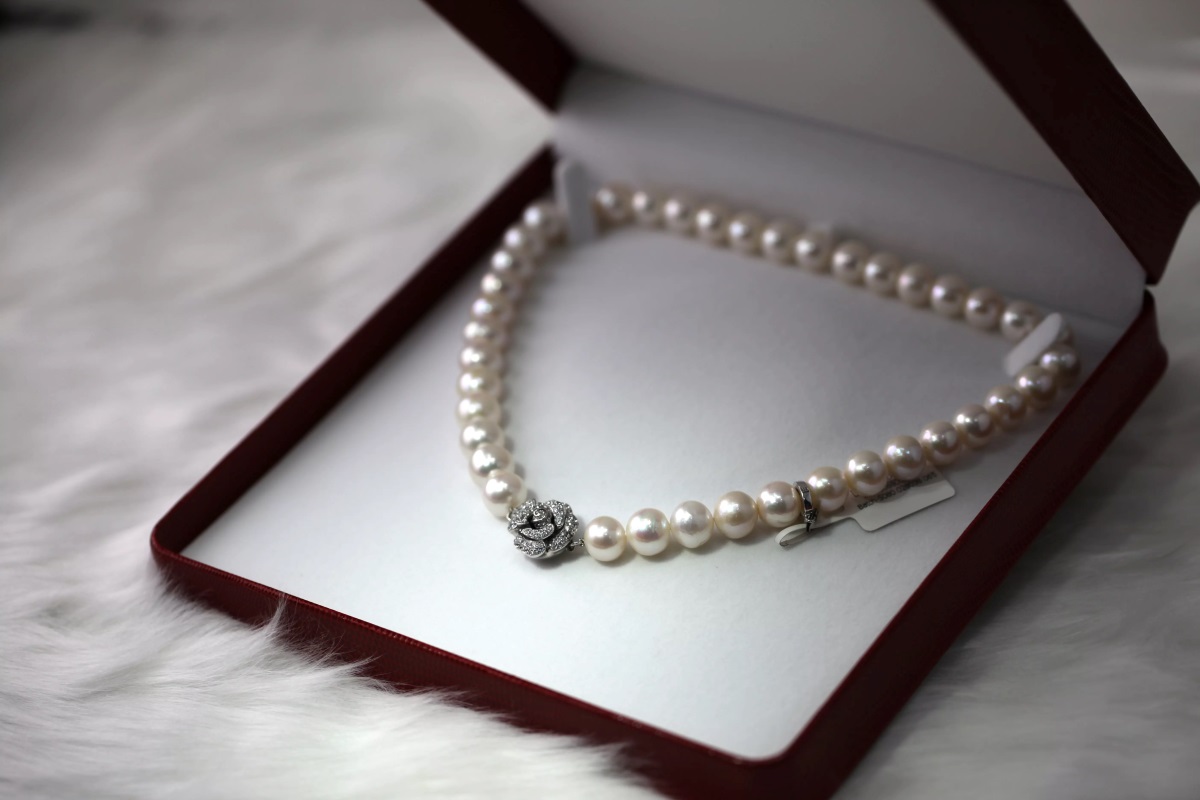
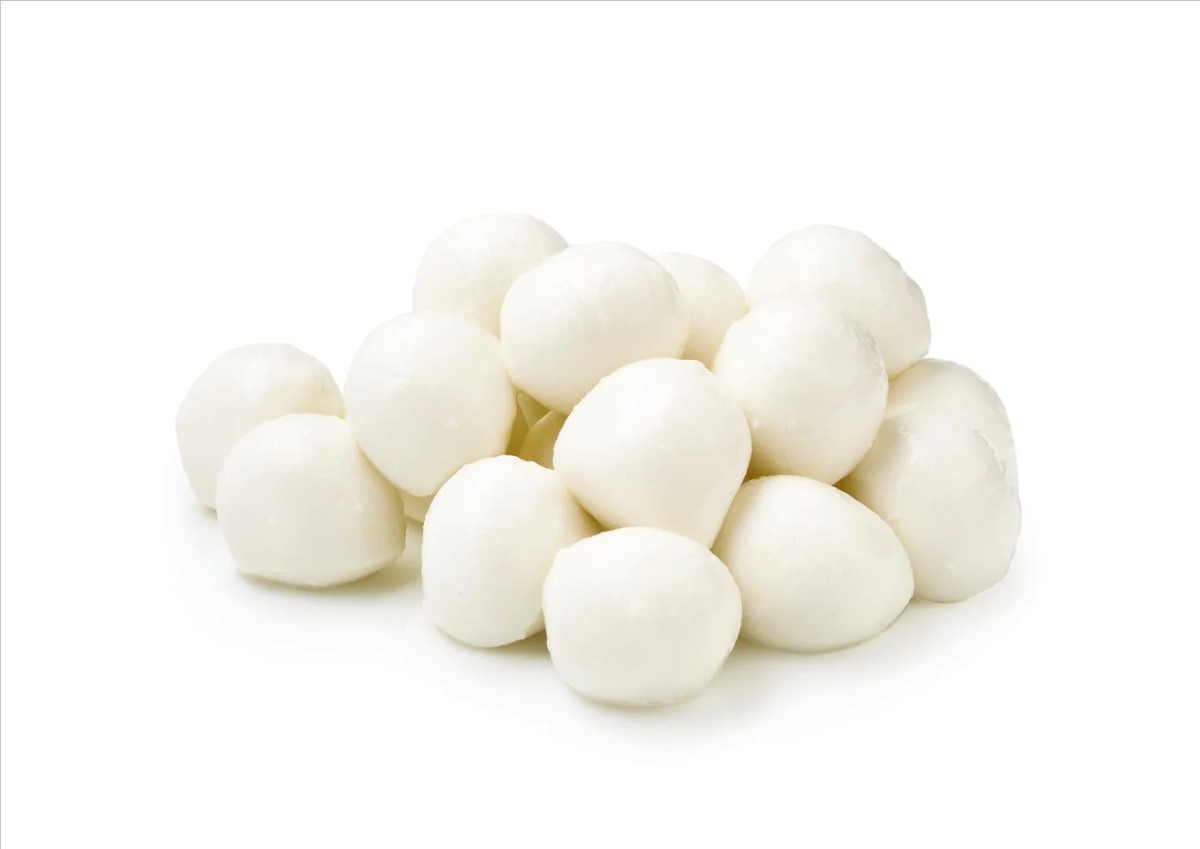
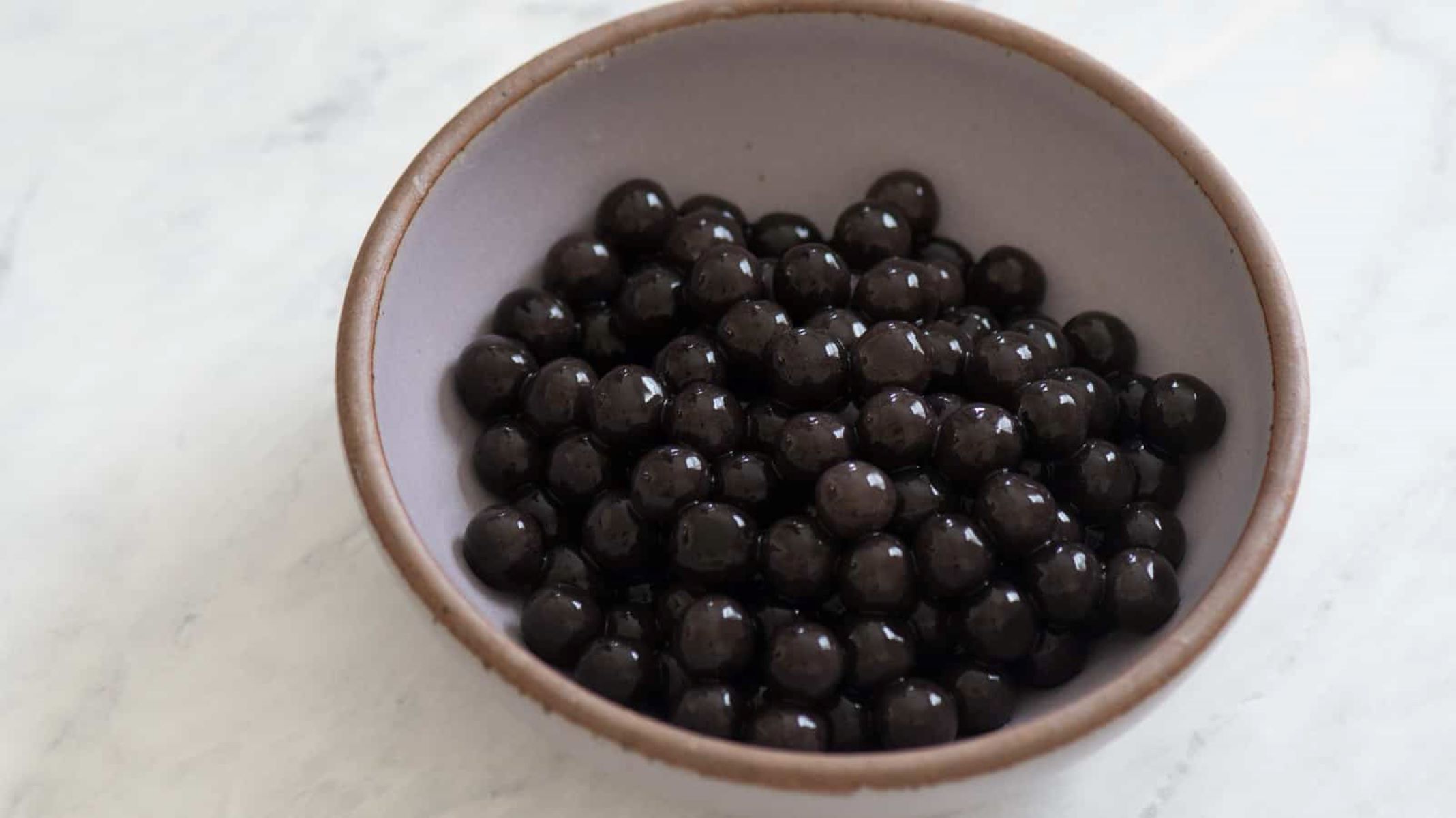
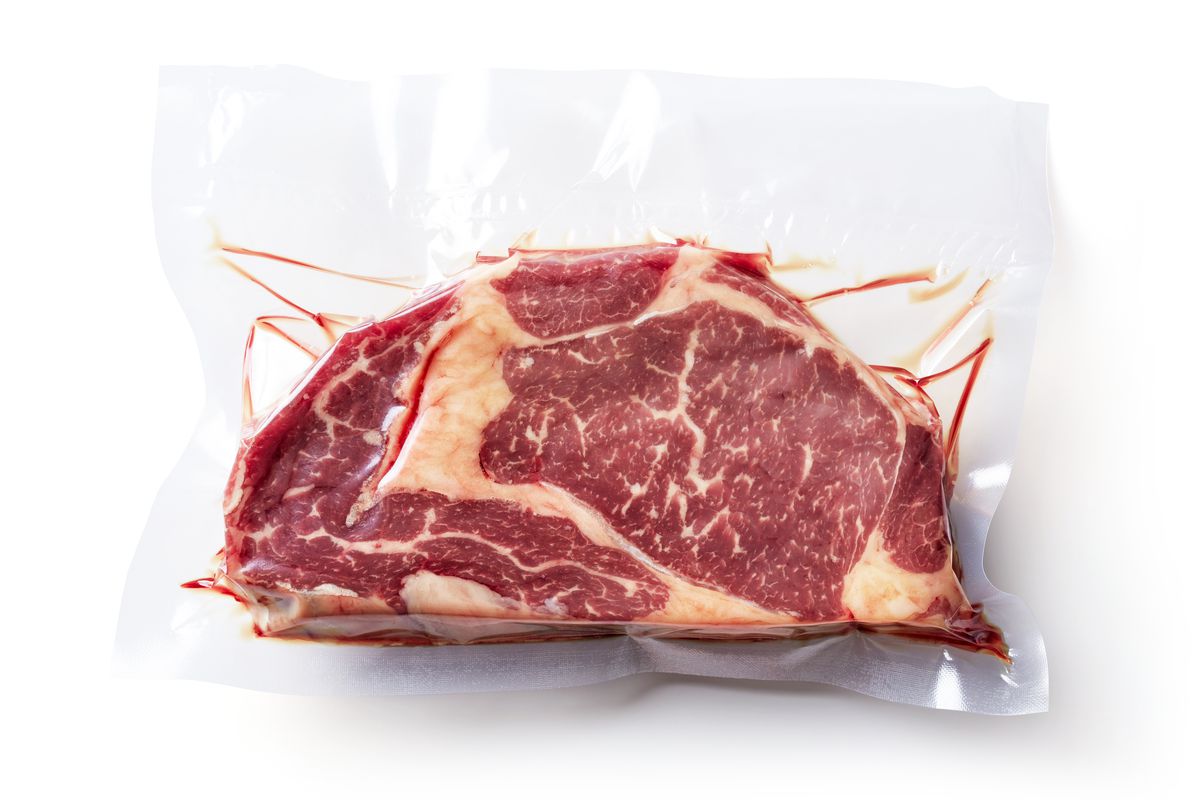
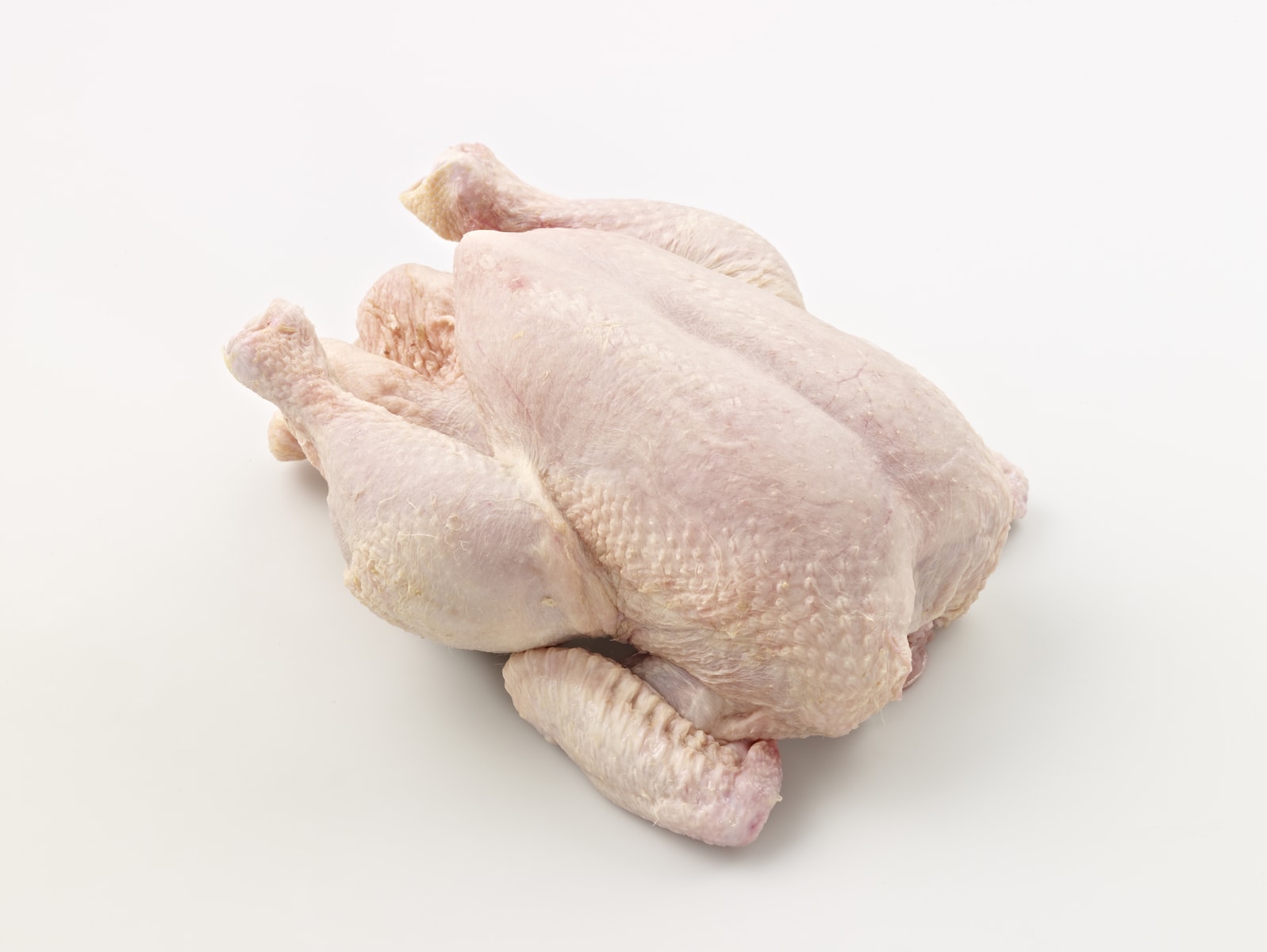
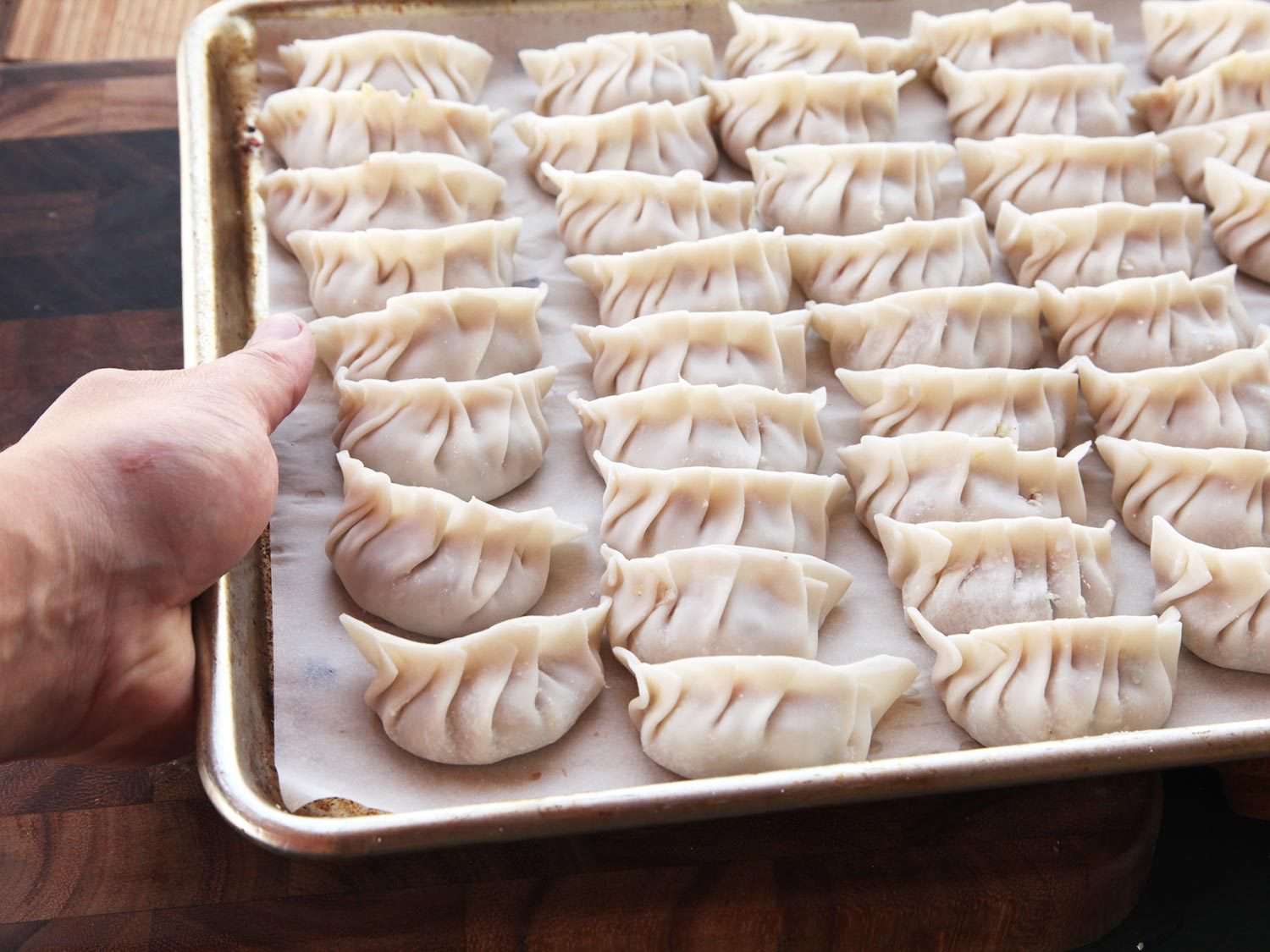
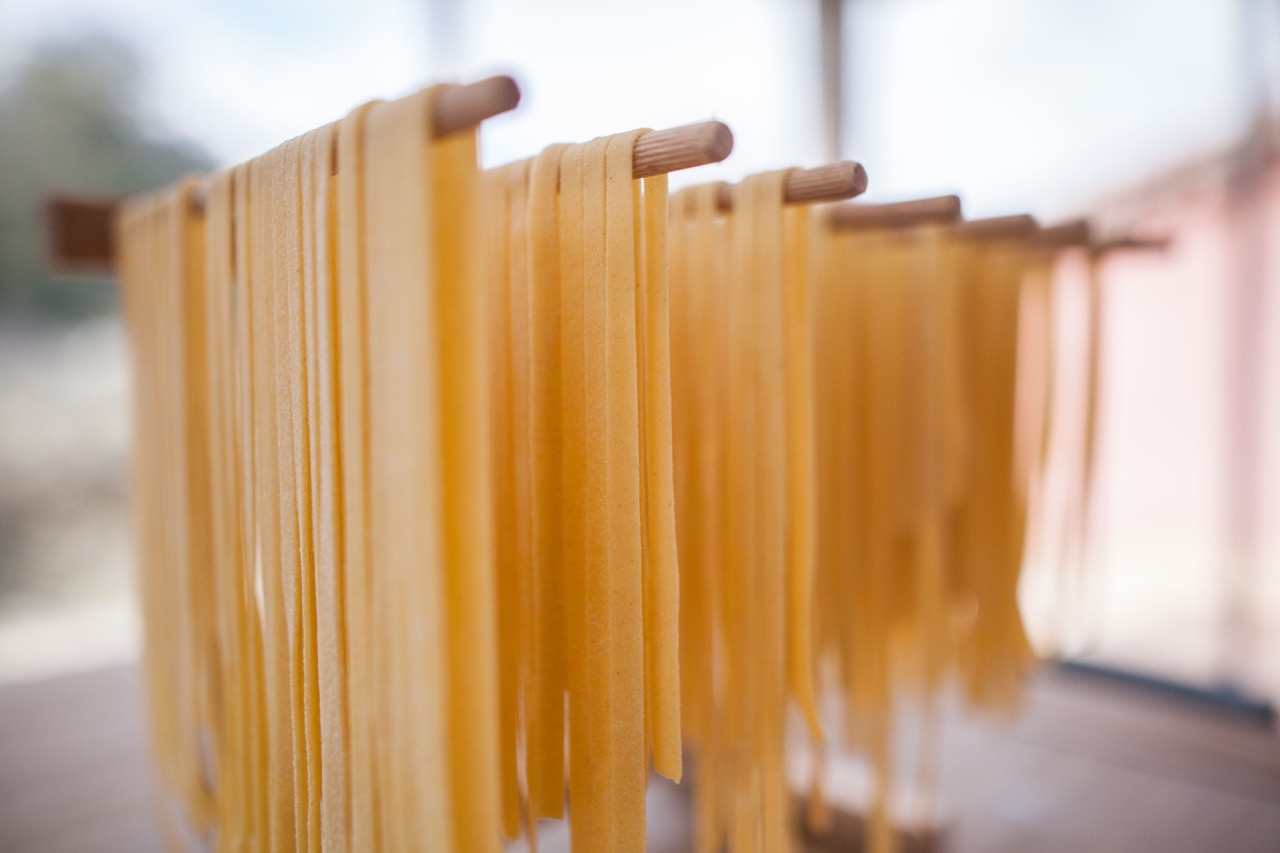
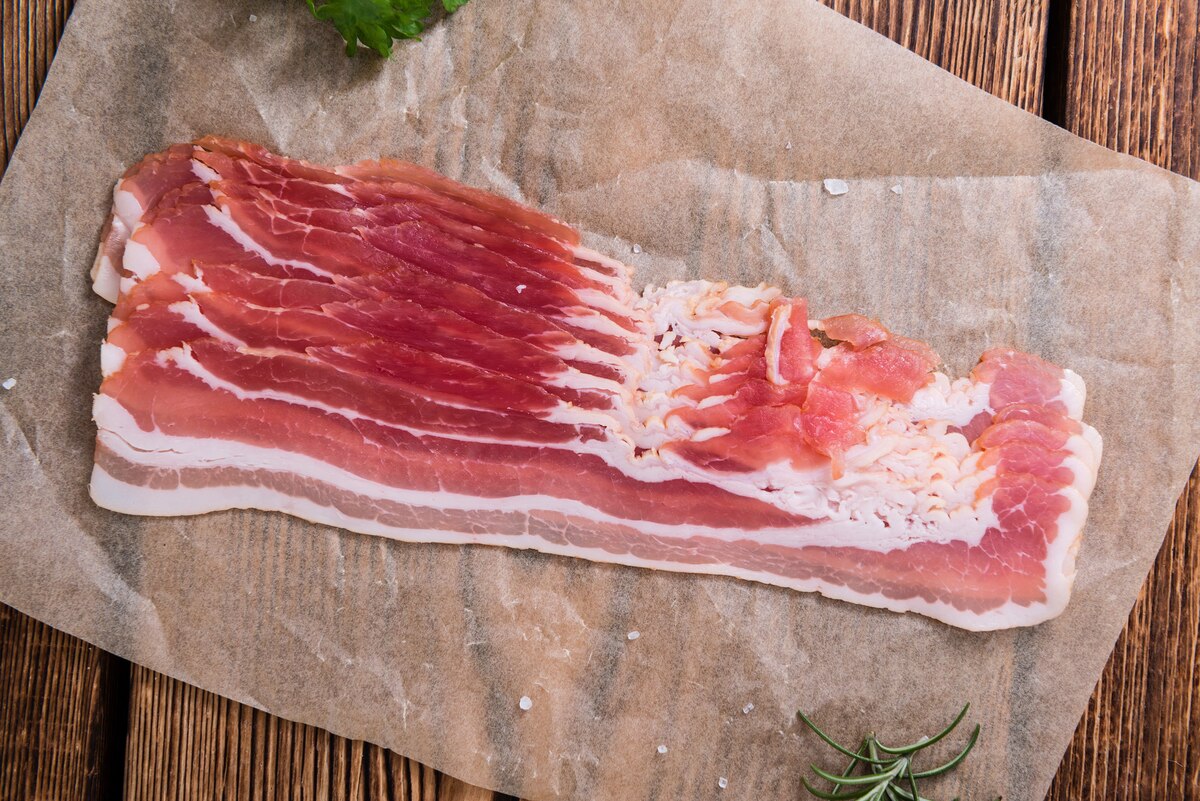
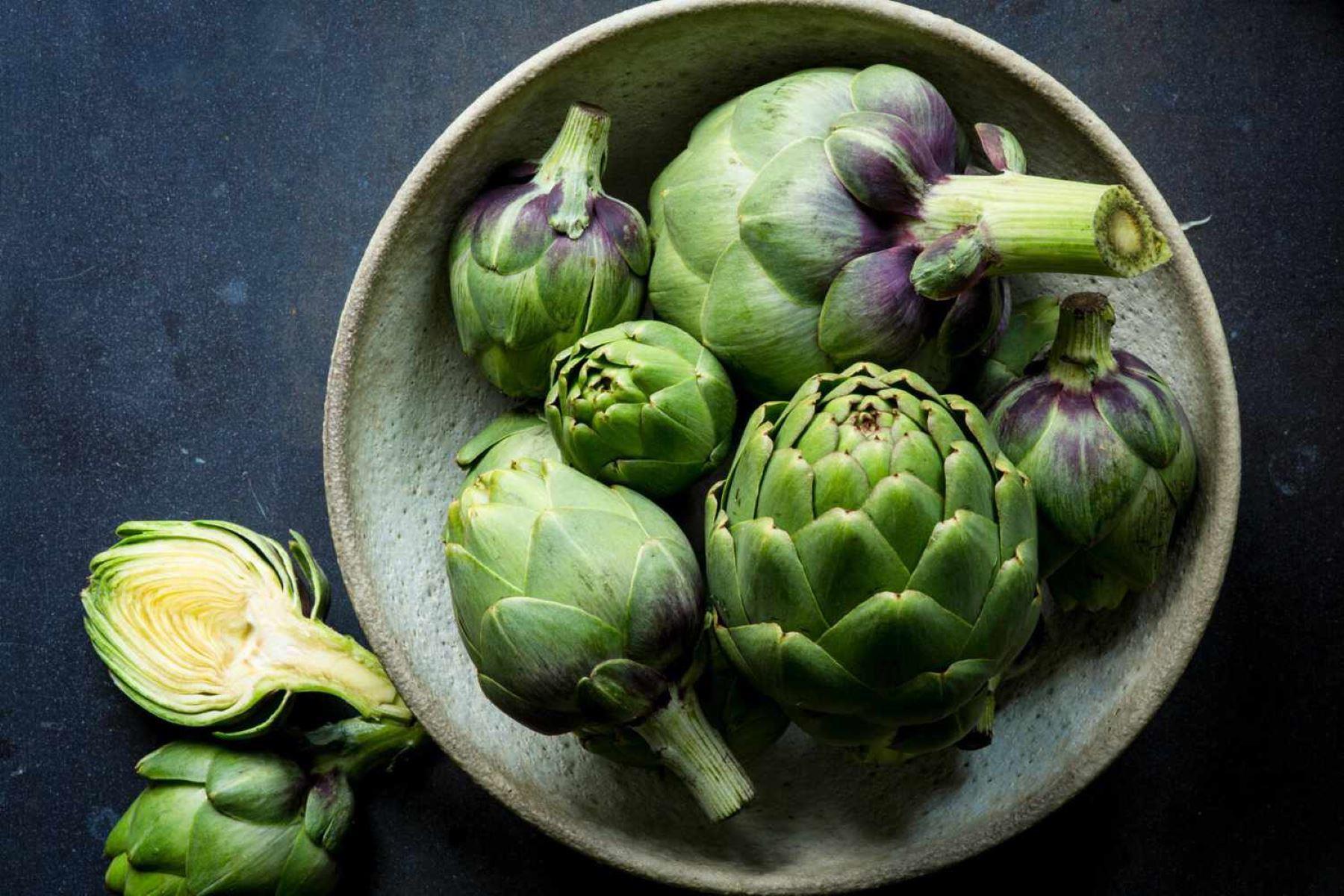
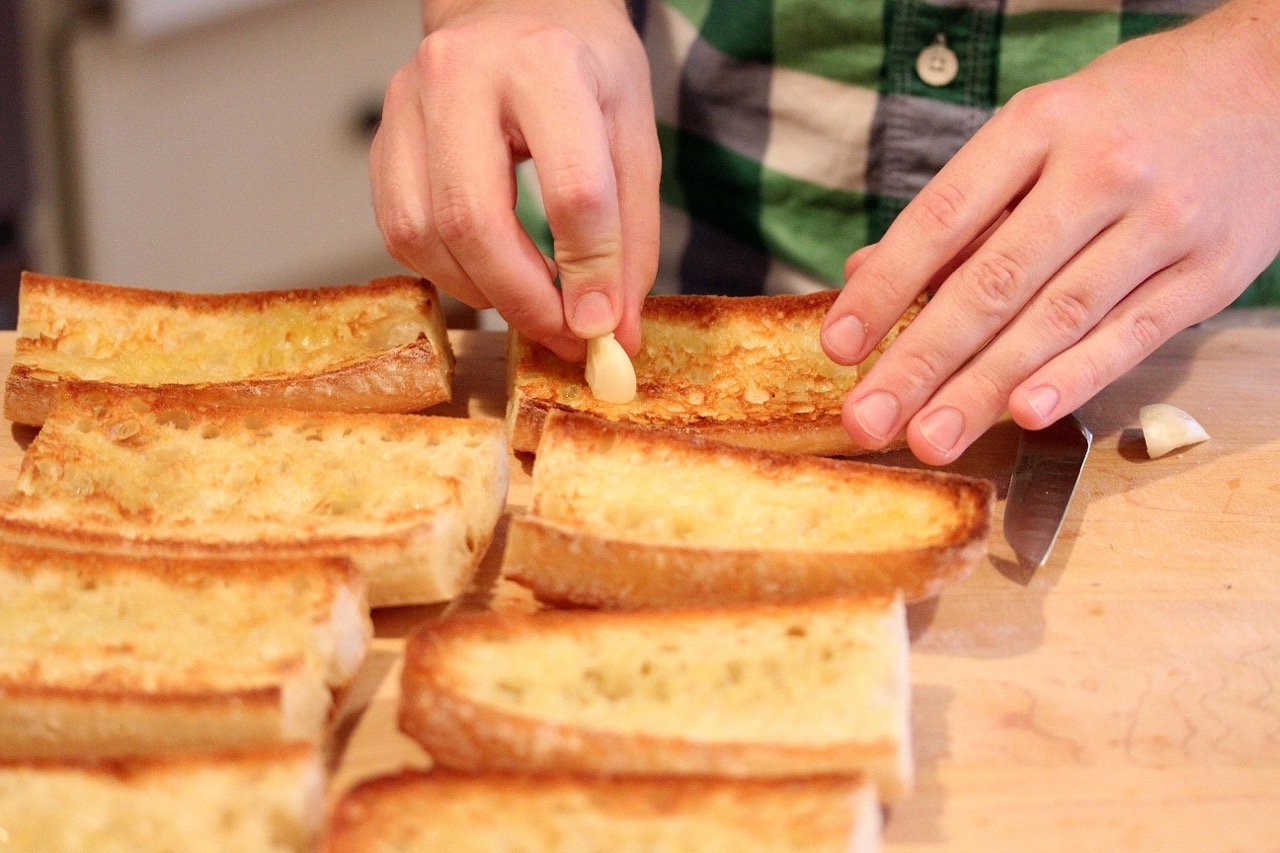


0 thoughts on “How To Store Uncooked Tapioca Pearls”